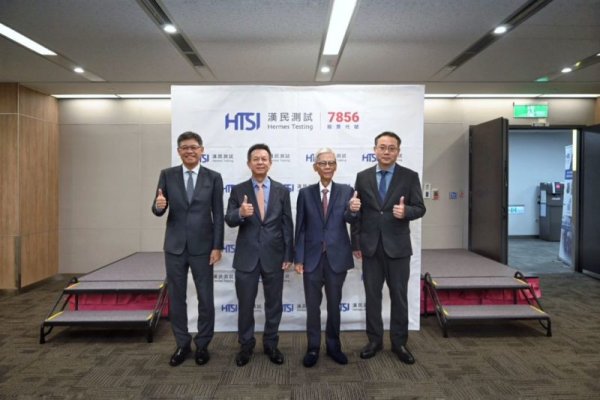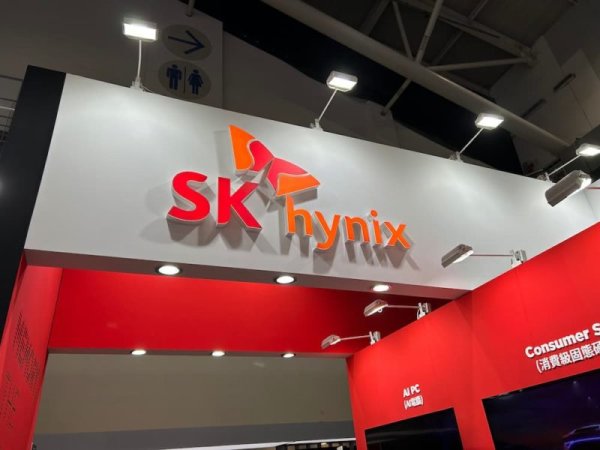SEMI: US semiconductor investment will surpass China, Taiwan and South Korea from 2027

"Nikkei Asia" reported that with the booming demand for artificial intelligence (AI) and the United States actively promoting local production, the International Semiconductor Industry Association (SEMI) forecast shows that U.S. semiconductor investment is expected to surpass major chip producing countries such as China, Taiwan and South Korea from 2027.
"Nikkei Asia" reported that SEMI predicts that between 2027 and 2030, investment in equipment and new factory construction will increase significantly in the United States due to strong policy support for advanced logic chips and memory chips.
U.S. semiconductor investment today and next year will be approximately US$21 billion, and will then climb to US$33 billion in 2027, and then reach US$43 billion in 2028.
Clark Tseng, senior director of SEMI Industry Research, said that between 2027 and 2030, the total investment in semiconductors in the United States will reach approximately US$158 billion. Such a growth rate will not be seen in other parts of the world.
In an interview at SEMICON West, a semiconductor exhibition held in Phoenix, Arizona, he pointed out: "Judging from the current confirmed investment in semiconductor manufacturing, the growth rate of the United States may be ahead of other regions in the world."
SEMI released a report stating that driven by the AI boom, global 12-inch wafer fab equipment spending (covering mature processes and advanced processes) is expected to reach US$374 billion from 2026 to 2028.
The global semiconductor industry gathered in Phoenix this week to participate in SEMICON West. How long the demand for chips driven by AI can last is one of the hot topics at the scene. Since the advent of ChatGPT in 2022, the demand for data centers and edge computing has grown rapidly, and the era of generative AI has officially arrived.
Under this wave of investment boom, the U.S. government has actively promoted policies to localize chip manufacturing and lead in the AI era, making it a target for investment. TSMC has pledged to invest $165 billion in the United States, while Samsung has invested more than $40 billion in Texas. Micron, a major American memory chip manufacturer, plans to promote investments totaling up to US$200 billion in Idaho, New York and Virginia.
SEMI estimates that the United States’ spending on chip manufacturing equipment will reach US$60 billion from 2026 to 2028, surpassing Japan’s US$32 billion in the same period. It is expected to surpass Japan in the next few years, which is also actively revitalizing the semiconductor industry.
Although China actively promotes the localization of high-end chips, it still mainly relies on mature processes. Coupled with U.S. export control measures that restrict Beijing from acquiring advanced technologies, China’s expenditure on semiconductor manufacturing equipment is expected to reach US$94 billion from 2026 to 2028, but most of the newly expanded factories focus on non-advanced process fields.
Taiwan and South Korea are home to the world's leading chip manufacturers such as TSMC, Samsung, and SK Hynix. In the next three years, they are expected to invest US$75 billion and US$86 billion respectively in purchasing chip manufacturing equipment.
As for other regions, Europe and the Middle East are expected to invest a total of US$14 billion during the same period, and Southeast Asia will invest approximately US$12 billion.




